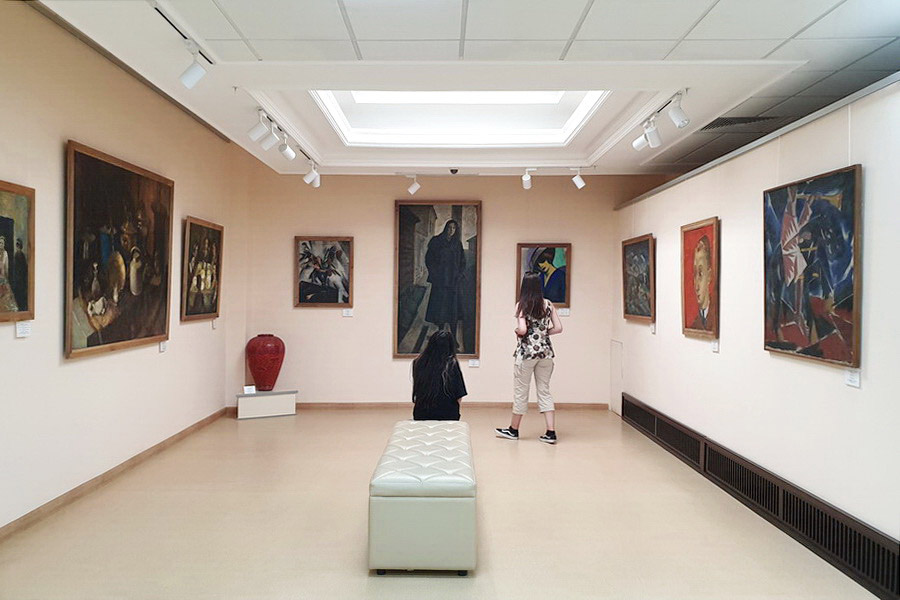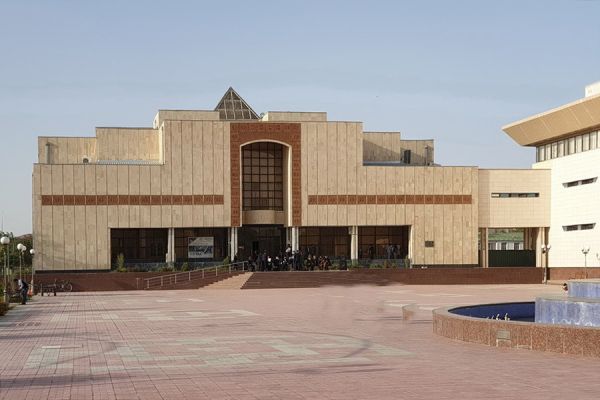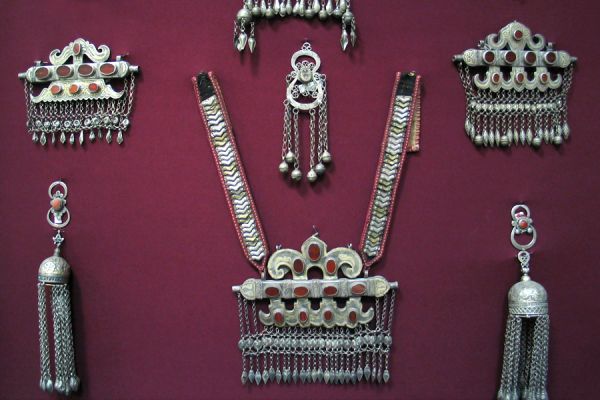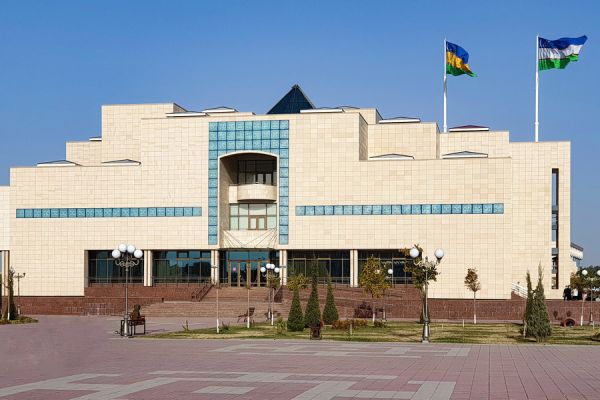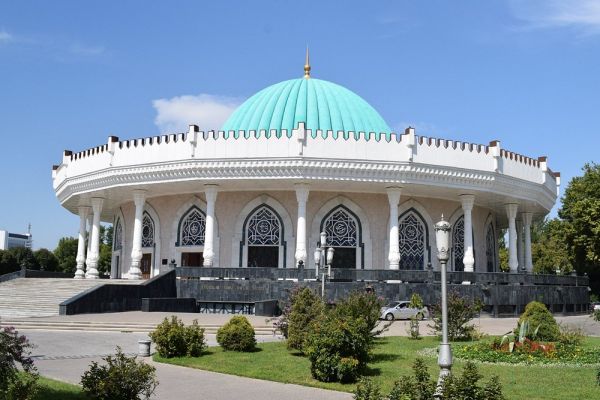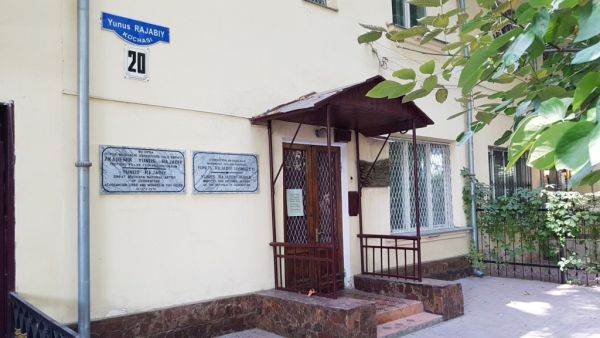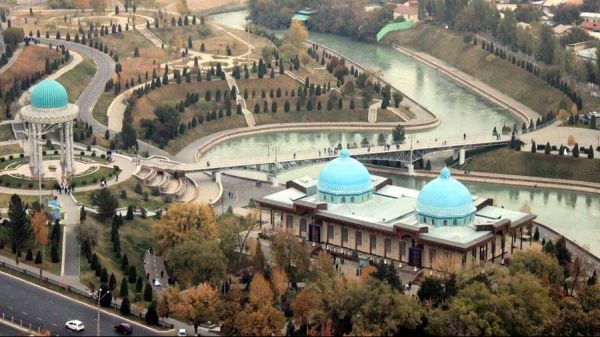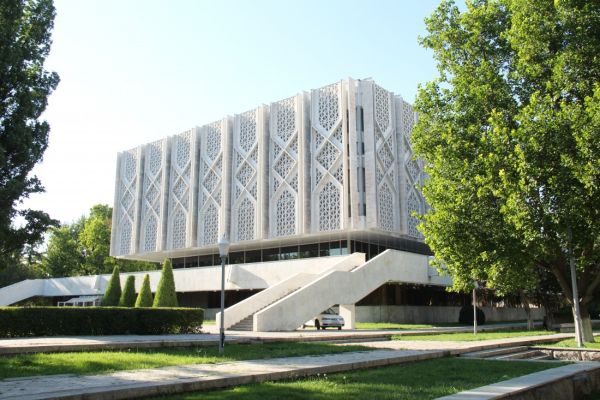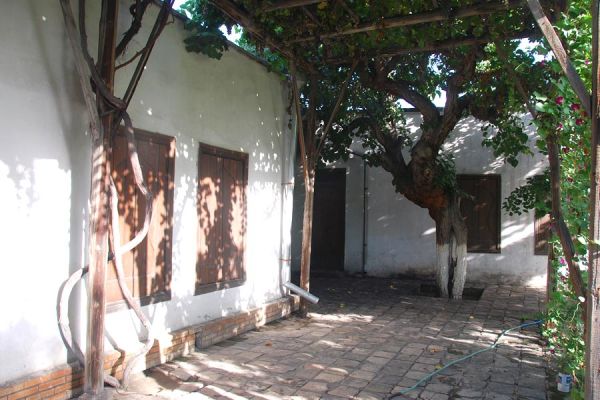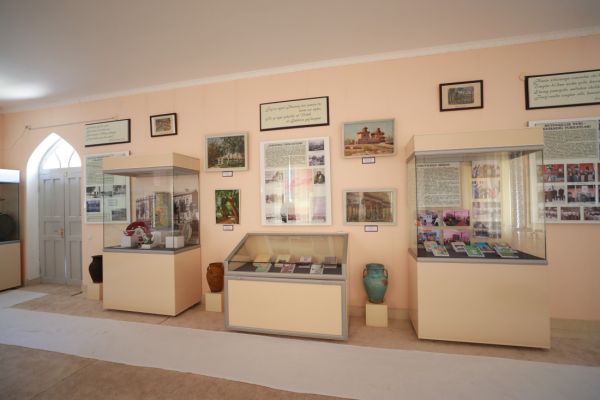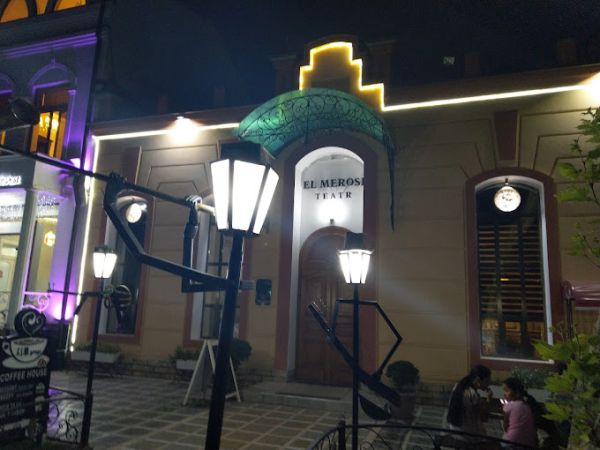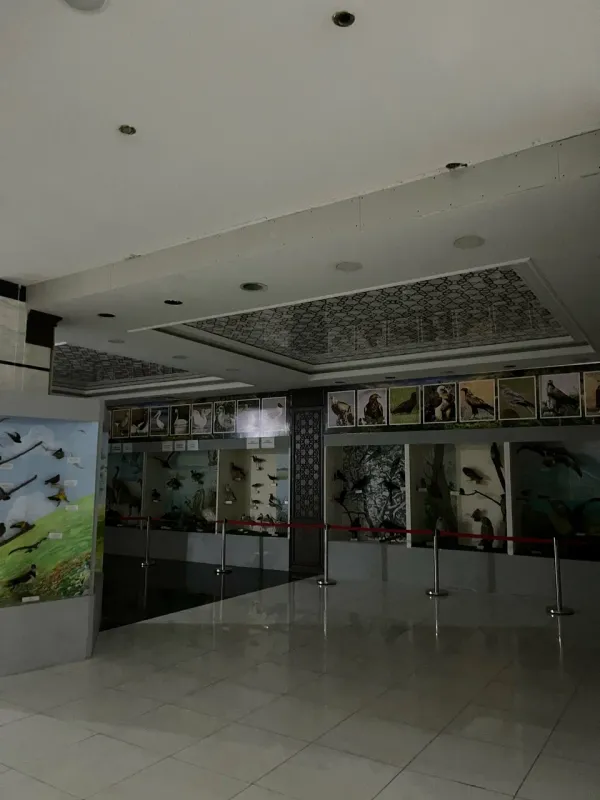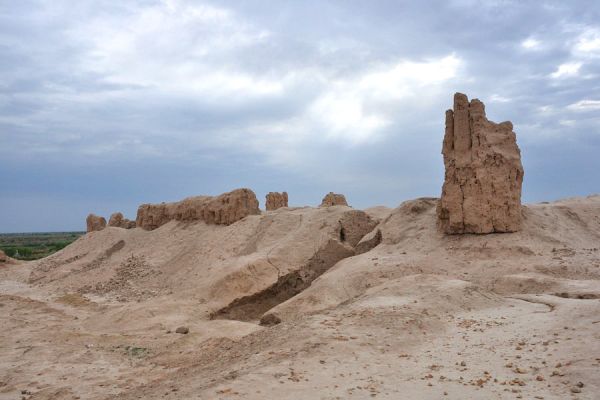I. Savitsky Museum
Nukus– the capital of Karakalpakstan, is a young, modern city founded in 1932. There are no historical and architectural monuments in it, and its main attraction is the I. Savitsky Karakalpak State Museum of Art. The fame of this "museum in the desert", as it was called by leading art historians and experts of the world, has long gone beyond the borders of Uzbekistan, its collection is so unique and peculiar.
The museum's founder and first director, Igor Vitalievich Savitsky, studied at the Surikov Moscow Art Institute when he was evacuated to Central Asia during World War II. Acquaintance with the amazing history and ancient culture of the Karakalpaks became the impetus for his passion for ethnography and archeology, and Karakalpakstan became his second homeland.
At the same time, I. Savitsky devoted himself to collecting works of art and saving paintings by Russian avant-garde artists who were repressed and exiled to the Aral Sea steppes during the era of Stalinism. Thanks to his enthusiasm and selflessness, many paintings and drawings were found and saved from destruction in attics and basements, where their owners hid them, fearing persecution for their connection with "art formalists."
The museum was opened in 1966 and at first its collection was housed in seven small rooms, only twenty years later a special building was built. The museum's exposition consists of three sections – ancient and medieval art dedicated to the culture of ancient Khorezm, on whose lands Karakalpakstan is located, folk decorative and applied arts and fine arts.
The exhibits include archaeological finds telling about the history of ancient Khorezm, the birthplace of the Avesta, about the trade relations of the Khorezmians with the ancient world, unique terracotta figurines of the Zoroastrian goddess of fertility Anahita, ossuaries – vessels for storing the remains of deceased ancestors of fire worshippers, ceramics and bronze products.
The department of folk decorative and applied arts is based on a collection of products by Karakalpak masters, collected in expeditions of the Karakalpak branch of the Academy of Sciences of Uzbekistan. The museum has a rich collection of national Karakalpak jewelry made of silver and carnelian, traditional carpets, hand embroidery and applications.
The museum's fine art department was formed from paintings and graphic works collected by I. Savitsky, works donated to the young museum by the country's leading artists, and paintings by Karakalpak artists.
Russian Russian avant-garde painting collection of the 20s and 40s of the twentieth century, the second most important in the world after the collection of the Russian Museum in St. Petersburg, brought worldwide fame to the museum. In the halls of the museum there are paintings by the author of the "Pomegranate Teahouse" A.Volkov, early works close in spirit and style to the avant-garde.Tansykbaev, M.Kurzin and N.Karakhan, paintings by famous impressionist artists who lived in Uzbekistan, P.Benkov and Z.Kovalevskaya, Russian avant-gardists of the early twentieth century A.Shevchenko, P.Kuznetsov, A.Kuprin, N.Ulyanov, V.Rozhdestvensky, R.Falk, sculptural compositions by V.Mukhina and S.Lebedeva. The names of some of them are well known in the West. Almost all of them were educated in studios in Paris and Munich, studied at art schools and institutes in Moscow and St. Petersburg, and their names are included in catalogues of Parisian exhibitions of the early twentieth century.
The Club "Friends of the Nukus Museum", whose members are diplomats and representatives of international organizations working in Uzbekistan, plays an important role in popularizing the museum's collection. Exhibitions of masterpieces from the museum's collection have been exhibited in recent years in Switzerland, Germany, France and Italy, and the I. Savitsky Museum is included in many prestigious international reference books. However, the museum's complete collection, which includes more than 84,000 exhibits, can only be found in Nukus.

